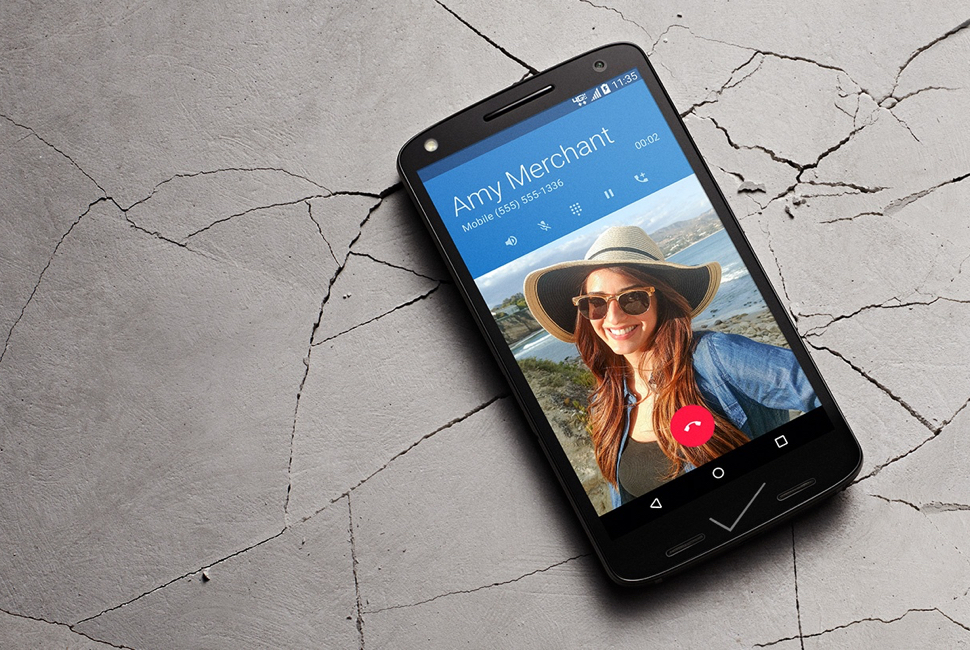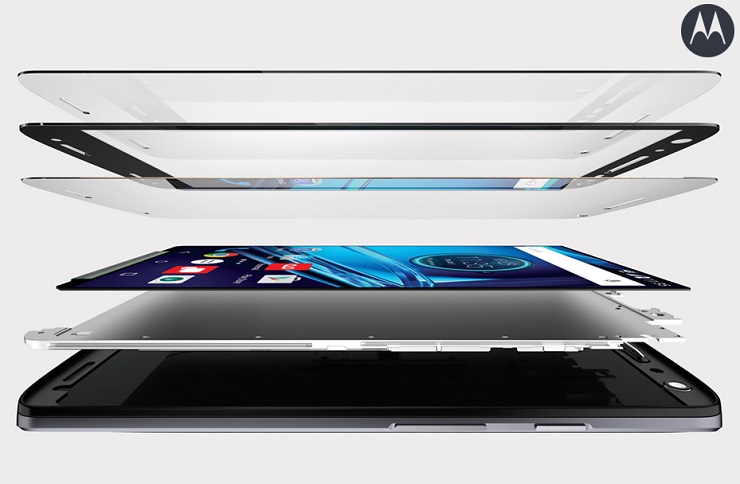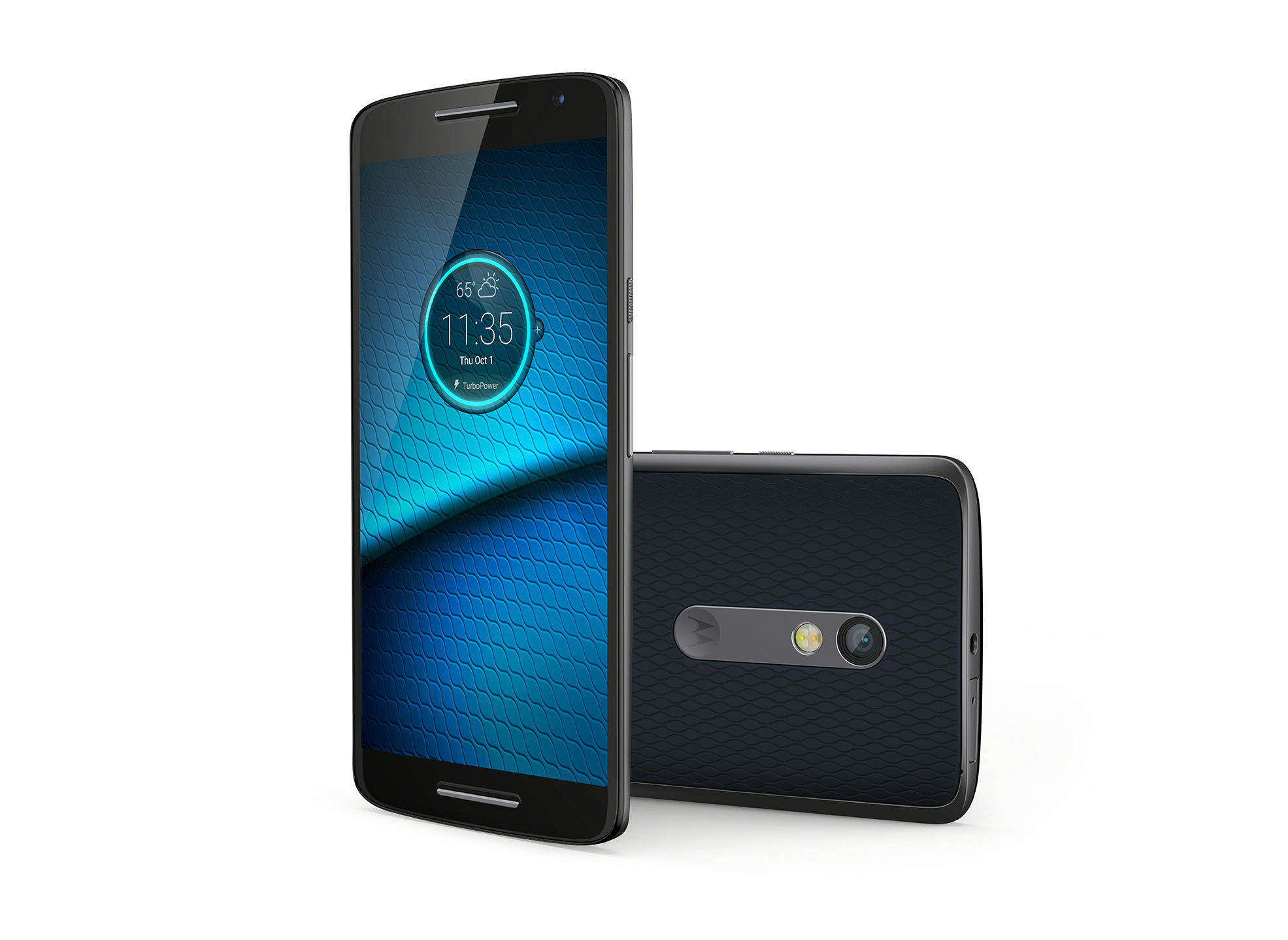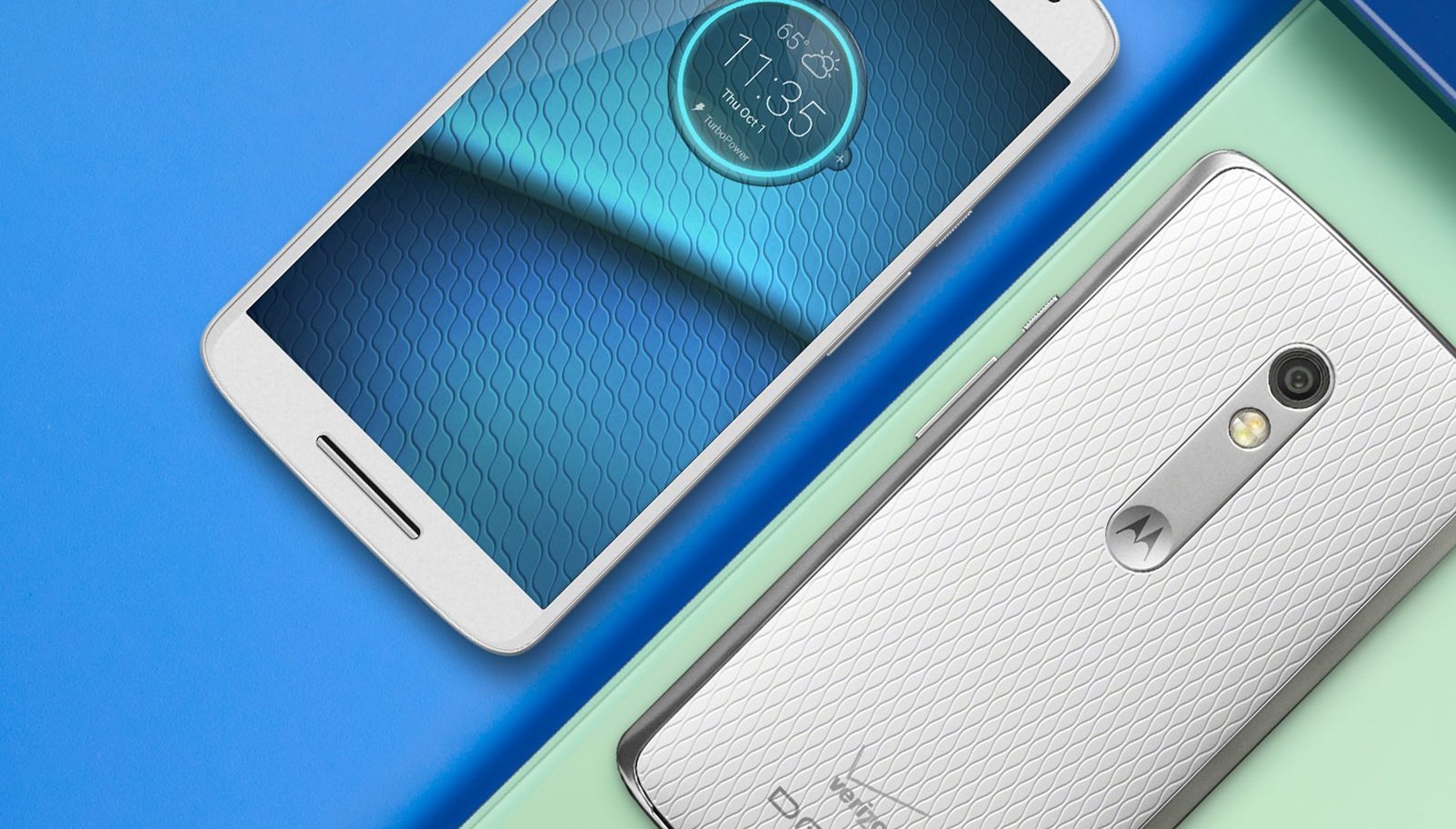If you’re one of those people who walk into a Verizon store and buy whichever phone the salesperson happens to recommend, you probably aren’t reading this article. The Verizon-branded Droid line of smartphones has always been catered to that group of people though, for better or for worse. Quality and price always ranged widely, but the phones were rarely on the higher end in terms of both hardware and build quality.
The Droid MAXX 2 and the Droid Turbo 2, the two smartphones left in the Droid lineup, are relics of an a different age of smartphone sales where carriers controlled the landscape and stuffed their devices with enough pre-installed apps and marketing to make iPhone users scoff. That landscape is changing now, led by devices like iPhones and smaller companies like OnePlus.
But despite the 1990s-era names, Motorola has crafted two smartphones here that are surprisingly well-made. Telling them apart though can be difficult. To make things even more confusing, the two phones look very similar to the new flagship Moto X Pure Edition, which is an entirely different device with very different specs.
The Droid MAXX 2 ($624) and Droid Turbo 2 ($384) are very similar in looks and feel, but are vastly different, especially in terms of price. So which one is right for you? Let’s go step by step and find out.
Design

From the front, the Droid MAXX 2 looks almost identical to the Moto X Pure Edition. It’s got the same thin bezels, metal frame, rounded back, and front-facing speaker—as well as a 5.5-inch display. On the back, you’ll also find a familiar design, including that Motorola dimple and variety of choices for different backs. It’s not my favorite smartphone design, but it’s probably the cleanest-looking Droid ever made. It doesn’t have any Verizon marketing on the front of the device, just a single logo on the bottom of the back.
The Turbo 2, on the other hand, looks a bit different. Despite having a slightly smaller 5.4-inch AMOLED display, it’s also a slightly chunkier phone. It’s not a noticeable difference—and ultimately I’m a little unsure of why they are different sizes at all, but the Turbo 2 is meant to be an extremely durable device, which I’ll come back to later.
The other difference is that on the Turbo 2, you can get that intrusive Verizon logo right on the front of the device, splitting the speaker grill in two. It’s not the worst thing in the world, but it certainly feels a bit outdated. Though I definitely prefer the slightly more muted Verizon marketing and smaller footprint of the MAXX 2, these two devices look really similar overall.
Display

The displays are where the two devices begin to diverge. As stated above, the MAXX 2 is slightly larger than the Turbo 2, but other than that is clearly the weaker entry here. The Turbo 2 has a Quad HD AMOLED display, whereas the MAXX 2 has a standard HD IPS LCD screen. Not only does the Turbo 2 have a higher resolution display, it also has an impressive technology called ShatterShield.
As Motorola explains it, the Turbo 2 has a whole system of layers, as well as an extra exterior lens that protects the display from cracking. The company goes as far to boast that the Turbo 2 is uncrackable. We don’t know for sure if that’s true, but it’s certainly one of the most durable smartphones on the market. If you’re looking for the best display out of the two, the Turbo 2 is the clear winner and the primary reason it is significantly more expensive than the MAXX 2.
Camera

The camera on Droid smartphones have not historically been their best features. The Turbo 2 and the MAXX 2 both have a highly upgraded 21-megapixel camera on the rear, which just so happens to be the same one that graces the Moto X Pure. It’s not the best on the market, bested by smartphones like the iPhone 6s Plus, the Galaxy S6, and the LG G4. However, this is a really great camera that takes impressive photos, just going to show how far smartphone cameras have really come over the years.
Software

One of the biggest frustrations about the Droid line of smartphones has been the software, which has been heavily skinned by Verizon and slow to get updates (or never do at all). The software on the Turbo 2 and MAXX 2 is the same, which is a light skin on Android 5.1.1 Lollipop. That’s right—last year’s software with few signs of hope for an update.
However, the Turbo 2 and MAXX 2 software is fairly close to what Motorola does on the Moto X. You get the helpful stuff that Motorola has added to Android, without feeling the need to make it look like a completely different operating system. You still get a huge load of pre-installed apps that can’t be uninstalled (including gems like Panda Pop and NFL Mobile), but it’s still some of the better software to appear on a Droid smartphone in a while.
Battery Life
The battery life on these two devices is where things get crazy. Aside from the unbreakable display, the primary selling point of the Turbo 2 is the battery life. It’s got a massive 3760 mAh battery, which explains the bulky chassis, but also the two-day battery. The company claims that the Turbo 2 can run for 48 hours of normal usage, which is really impressive.
The MAXX 2 also has the same claim of 48 hours of battery life, even though it’s 3630 mAh battery is a bit smaller. For a fairly inexpensive midrange device, the thought of a two day battery on the MAXX 2 is even more impressive. The battery life is the main reason why people choose the Droid brand and they don’t disappoint this year.
Performance
The only other big difference that I haven’t mentioned is in the performance between these two devices. The Turbo 2 runs on a Qualcomm Snapdragon 810 processor, while the MAXX 2 runs on the Snapdragon 615. The Snapdragon 615 is definitely a midrange SoC, meaning there’s a noticeable difference between this and the Snapdragon 810, which can be found in most of the biggest flagship devices from this year.
Verdict

Like I said at the beginning, these two devices are very similar. When it comes to figuring out which phone is for you, it’s all about what you are looking for. For starters, in my opinion the only real reason to choose a Droid is for the extended battery life. Unless the idea of pretty much never having to worry about making it through at least a day and a half is extremely attractive to you, I’d recommend pretty much any other Android device. Many have at least better software and a better camera, most notably the Moto X Pure, the OnePlus 2, the Galaxy S6, and the Galaxy Note 5. But again, if battery is your concern, both the MAXX 2 and Turbo 2 will do the job.
Where you go from there comes down to primarily the display and performance. If your job or lifestyle require you having a rugged device on you, the Turbo 2 is going to be worth the extra price. If that’s not a huge concern though, it’s hard to not go with the MAXX 2, which is nearly half the price, still has a decent screen, a bit of a cleaner design, and all that great battery life.
Again, it’s hard not to go straight to a recommendation for the Moto X Pure, which is almost the same price as the MAXX 2, but also has the great display of the Turbo 2. But if excellent battery life is a must have for you, your decision is to decide which of these two smartphones is the Droid you are looking for.